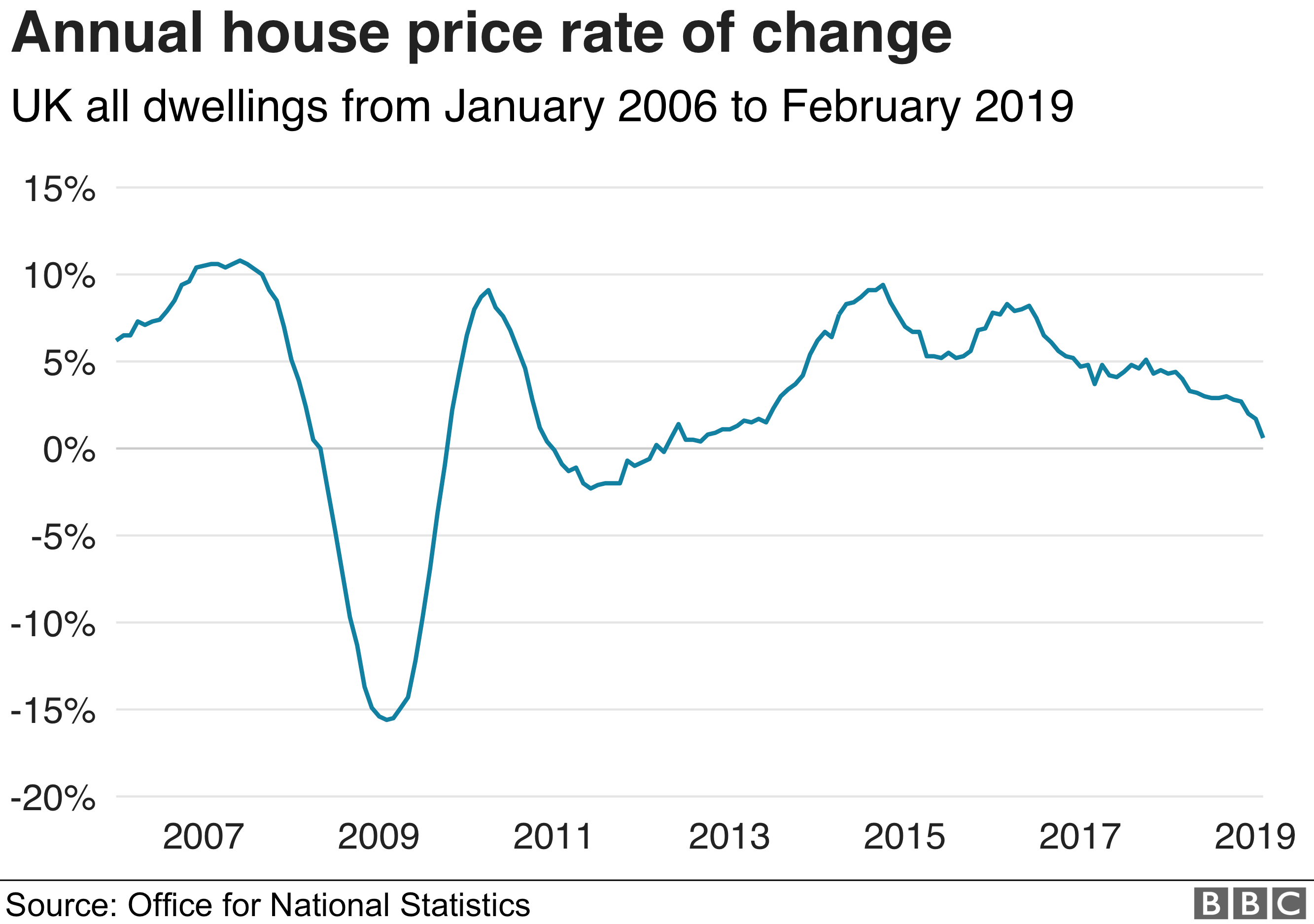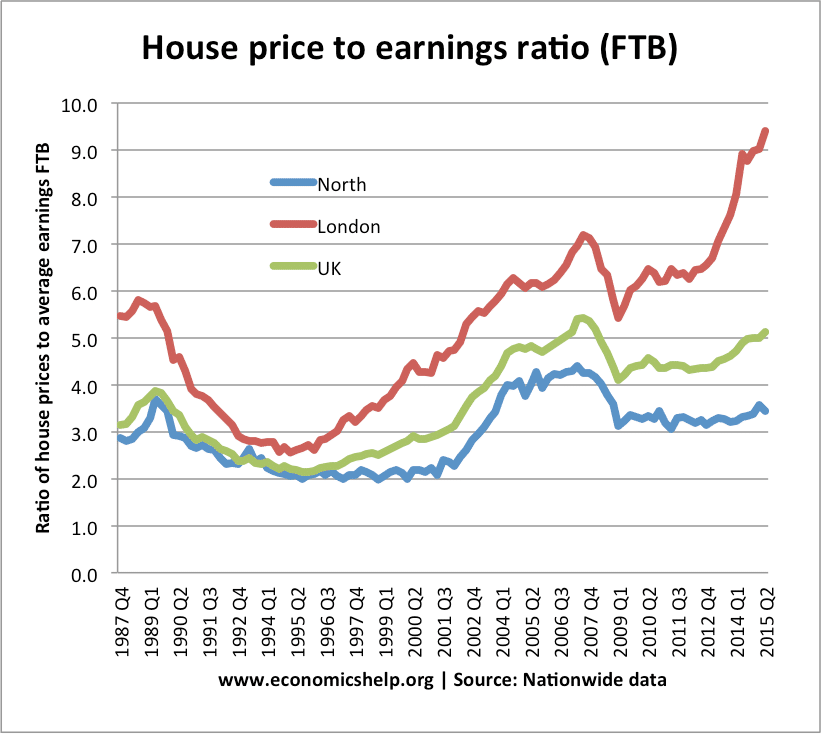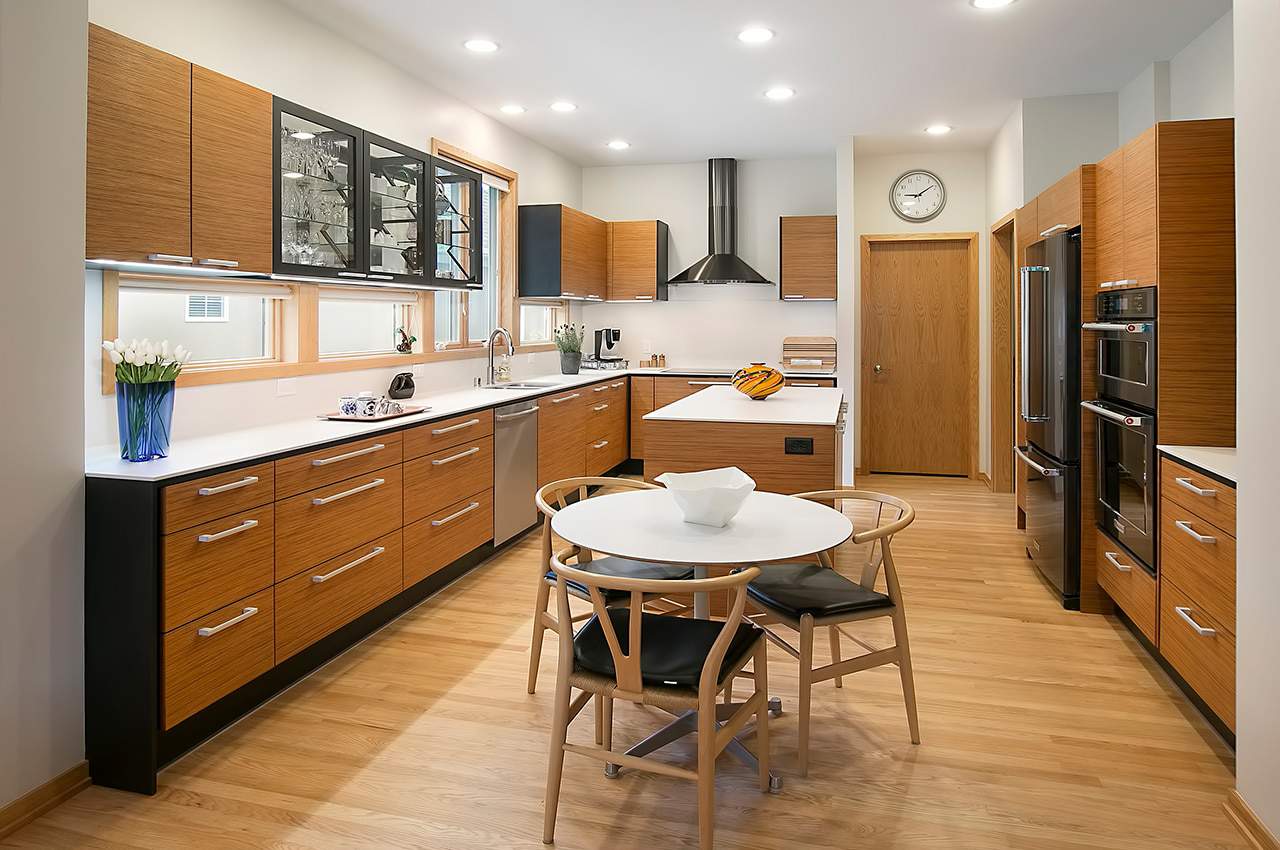Table Of Content

All these costs will add up, so let’s break them down so you know what to expect. The basic price most homeowners will pay to build a 2,500-square-foot home is $250,000, while an entry-level custom home of the same size will average around $388,000, and a high-end custom home around $1,000,000. The basic price most homeowners will pay to build a 1,500-square-foot home is $128,500 while an entry-level custom home of the same size will average around $300,000, and a high-end custom home around $675,000. The average tiny house costs $25,000 to $35,000, but you can build one for less.
Create Budget
A lot of skilled professionals are needed when building a house from scratch. Building permit fees are among the lesser costs when it comes to building a new home; however, they should still be considered. Other permit costs include electrical permits, plumbing permits, and HVAC permits.
Adding onto an existing house

Installing trim throughout a house will cost about $1,500 on average. To strike the best balance between pricing and quality of workmanship, research several local finishing carpenters to compare quotes and reviews. Let’s break down those costs and how to budget for a home build so you can decide the best route for you. The following steps will help you navigate the home-building process with confidence. After this, there could still be costs related to land, utility hookups, landscaping, driveways, permits, taxes, and fees. For example, if you have the time and skill to do the painting, you can save up to $10,000.
Average Cost Per Square Foot
Spec and tract homes typically come with builder-grade cabinetry, which is the most basic (and affordable) type of cabinetry you can get that still looks good. Trim will be installed around the windows and doors, along the floor, and if you choose, around the ceiling, too (that’s called crown molding and can add a sophisticated look to any room). Usually, insulation is applied to interior walls, the attic, basement, crawl space, and exterior walls (if it wasn’t applied before the sheathing).
The Bottom Line: Calculate The Cost Of Building A House
Miranda is dedicated to advancing financial literacy and empowering individuals to achieve their financial and homeownership goals. She graduated from Wayne State University where she studied PR Writing, Film Production, and Film Editing. Her creative talents shine through her contributions to the popular video series "Home Lore" and "The Red Desk," which were nominated for the prestigious Shorty Awards. In her spare time, Miranda enjoys traveling, actively engages in the entrepreneurial community, and savors a perfectly brewed cup of coffee. You can also get a construction-only loan that covers the costs of construction and then, once the project is completed, apply for a traditional mortgage to pay off the construction loan.
HVAC, plumbing and electrical costs
We’ve broken down the different elements that go into building a house to help you understand how to afford a newly constructed home that best suits your style and budget. Depending on one's inclination and ability, a homeowner can step in during lulls in construction or post-construction and do some of the work. This saves on the cost of contractor-driven work, with its attendant mark-up fees.

Permits & Fees
You also need to finish the lot if needed, such as connecting to utility, sewer, and cable lines. Plans and permits are also part of the site preparation process before you start constructing your home on the land. Buying a home remains a primary wealth-building tool for U.S. households, but rising home prices have placed homeownership increasingly out of reach for the average American.
He spent his life building a $1 million stereo. The real cost was unfathomable. - The Washington Post
He spent his life building a $1 million stereo. The real cost was unfathomable..
Posted: Sat, 13 Jan 2024 08:00:00 GMT [source]
They also impact the efficiency of your property, meaning cutting corners will cost you in the long run. Exterior work helps complete the look of your property and generally costs $40,000 – $60,000. Multiple openings and your chosen finish affect this price, though. A general contractor charges around 10% – 20% of the construction’s total cost, sometimes called “cost plus.” Some contractors may agree to hourly rates as well.
Choose a Construction Method
All in all, this process will cost $20,000 – $50,000, depending on size and floor plan, averaging around $35,000. How much you spend on the cost of interior house painting depends not just on the size of your home, but on whether you have the patience to do it yourself. You can keep costs as low as $300 if you paint everything yourself, while professional costs can escalate to $28,000 for particularly large homes with lots of painted trim and molding. Insulation will help maintain your home’s indoor temperature year-round, keeping it comfortable. It will also regulate the home’s energy efficiency to save you money over time, though you’ll first have to spend $3,000 to $10,000 on the upfront cost to have insulation installed during a new build.
You'll spend an average of $110 to $300 per square foot on building a home with a basement. Finishing a basement costs an additional $7 to $23 per square foot, while the lower end of the budget will get you a basic finish with inexpensive materials and some lighting and electrical outlets. You can turn the basement into a real living space at the higher end, with multiple rooms, including a bathroom. Expect to spend about 50% of your total budget on home-building materials.
“The major contributions to cost are soft cost and intangibles,” Hartman says. Both the quality and quantity of building materials will impact how much it costs to build a home. Assuming every other factor is the same, a bigger home with high-end materials will almost always cost more than one with a smaller floor plan and more humble finishes.
Still, in 2023, low inventory and elevated home prices drove buyers to find more opportunities in the new-home market. Newly built, single-family home sales climbed 12.3% in September — up almost 34% from 2022. While more buyers are opting for new construction in the midst of record-low inventory, high interest rates are having an effect on builders, too — making it more expensive for them to finance construction loans. If you don’t have enough savings to pay cash, you’ll most likely need to use a construction loan to fund your dream home. This type of financing covers the cost of labor and materials throughout the construction process. But once the home is built, you can refinance the loan and replace it with a mortgage.

No comments:
Post a Comment